Check Out Our How Big Is Our Solar System #Infographic!
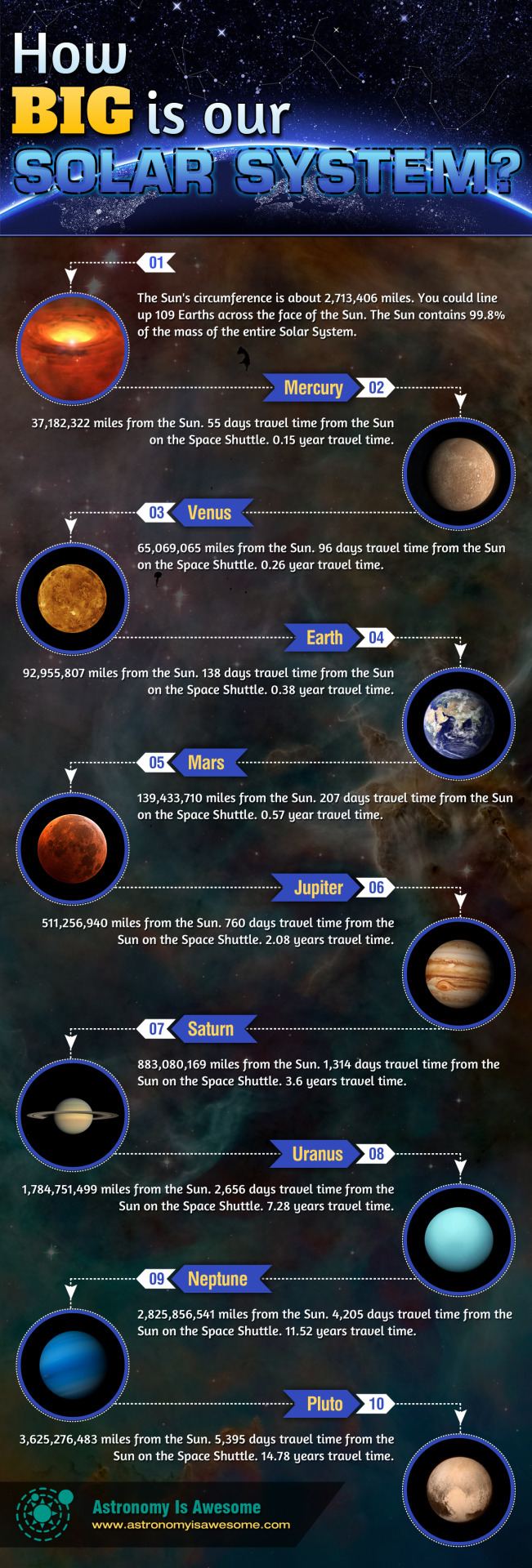
Check out our How Big is our Solar System #Infographic!
http://astronomyisawesome.com/infographics/how-big-is-our-solar-system/
Find out How Big is our #Solar #System and How Long Would it Take to Travel Within it?
The Space Shuttle travels at roughly 28,000 miles per hour, which means in 24 Earth hours, you’d travel 672,000 total miles.
More Posts from Smartler and Others
Taylor Swift - Viva La Vida (Cover)
New video on the Hubble Sequence! Had a lot of fun making this one, enjoy!

What Are the Bright Spots on Ceres?

Dwarf planet Ceres has more than 130 bright areas, and most of them are associated with impact craters. Now, Ceres has revealed some of its well-kept secrets in two new studies in the journal Nature, thanks to data from our Dawn spacecraft.
Two studies have been looking into the mystery behind these bright areas. One study identifies this bright material as a kind of salt, while the other study suggests the detection of ammonia-rich clays.
Study authors write that the bright material is consistent with a type of magnesium sulfate called hexahydrite. A different type of magnesium sulfate is familiar on Earth as Epsom salt.

Researchers, using images from Dawn’s framing camera, suggest that these salt-rich areas were left behind when water-ice sublimated in the past. Impacts from asteroids would have unearthed the mixture of ice and salt.
An image of Occator Crater (below) shows the brightest material on Ceres. Occator itself is 60 miles in diameter, and its central pit, covered by this bright material, measures about 6 miles wide. With its sharp rim and walls, it appears to be among the youngest features on the dwarf planet.

In the second nature study, members of the Dawn science team examined the composition of Ceres and found evidence for ammonia-rich clays. Why is this important?
Well, ammonia ice by itself would evaporate on Ceres today, because it is too warm. However, ammonia molecules could be stable if present in combination with other minerals. This raises the possibility that Ceres did not originate in the main asteroid belt between Mars and Jupiter, where it currently resides. But instead, might have formed in the outer solar system! Another idea is that Ceres formed close to its present position, incorporating materials that drifted in from the outer solar system, near the orbit of Neptune, where nitrogen ices are thermally stable.

As of this week, our Dawn spacecraft has reached its final orbital altitude at Ceres (about 240 miles from the surface). In mid-December, it will begin taking observations from this orbit, so be sure to check back for details!
ake sure to follow us on Tumblr for your regular dose of space: http://nasa.tumblr.com
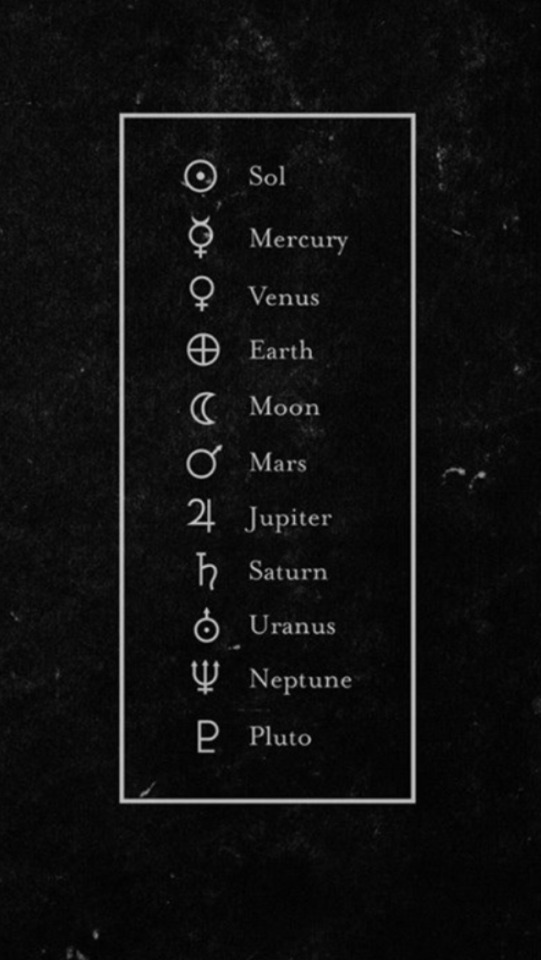




Interview: Stunning Vertical Panoramas of Churches by Richard Silver




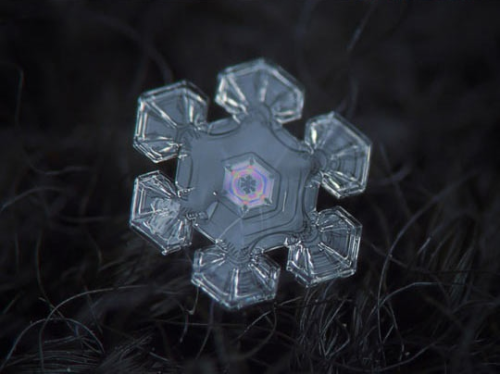

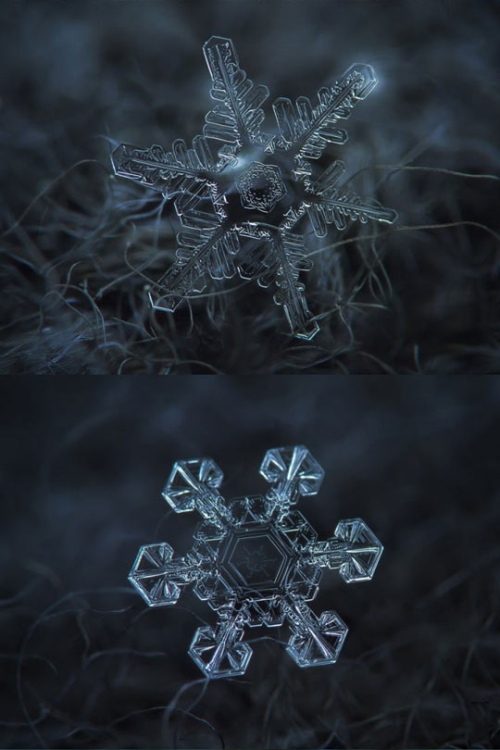



Homemade camera rig takes stunning close-up pictures of snowflakes









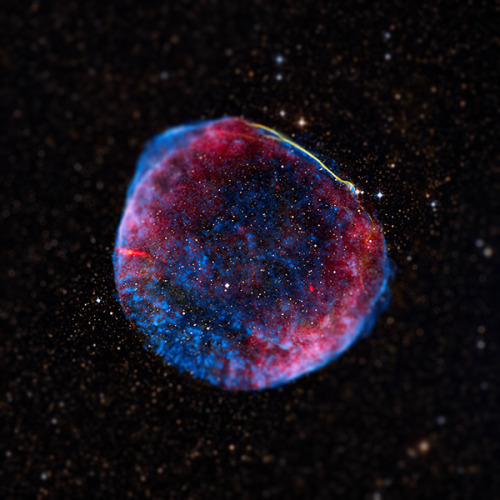

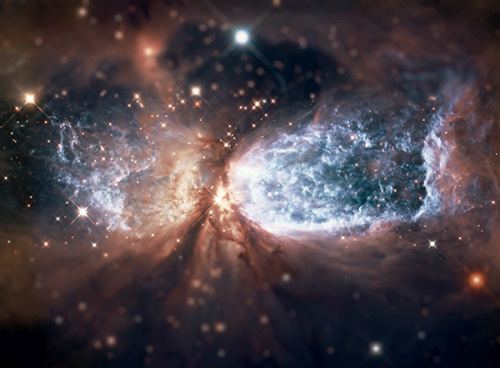
Tilt shift universes by St. Tesla




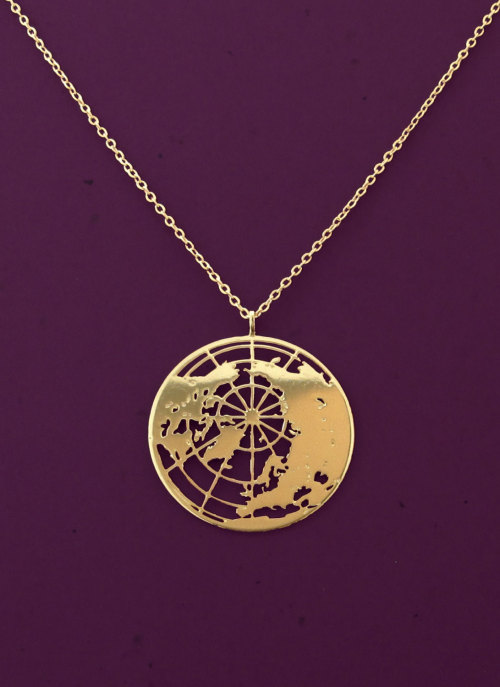
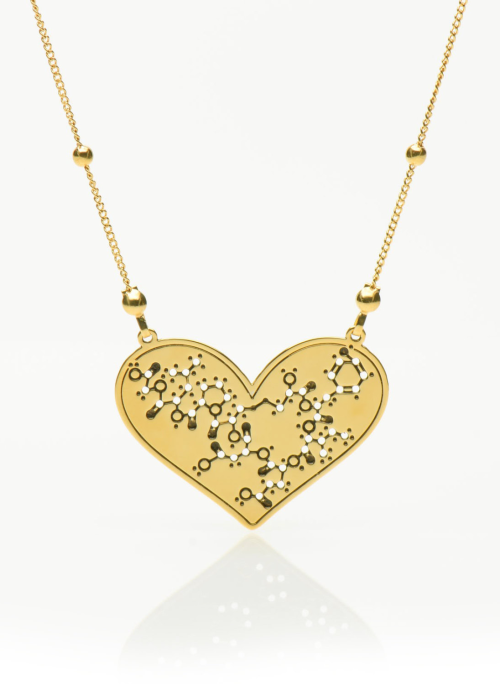
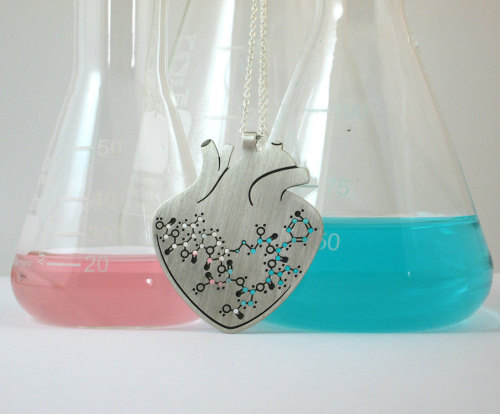
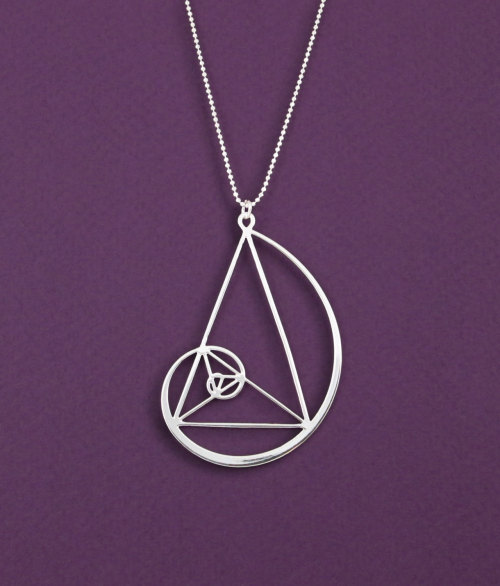


‘Jewelry for scientists, nerds and geeks of all kinds’ - including the Evolution Tree, Oxytocin and Solar System necklaces - by Delftia on Etsy
• So Super Awesome is also on Facebook, Twitter and Pinterest •
-
 familo liked this · 8 years ago
familo liked this · 8 years ago -
 ineedspacex-blog reblogged this · 9 years ago
ineedspacex-blog reblogged this · 9 years ago -
 theaznpursuazn liked this · 9 years ago
theaznpursuazn liked this · 9 years ago -
 down-chandelier reblogged this · 9 years ago
down-chandelier reblogged this · 9 years ago -
 darlantenorio liked this · 9 years ago
darlantenorio liked this · 9 years ago -
 starliights-blog reblogged this · 9 years ago
starliights-blog reblogged this · 9 years ago -
 tan-pantyhose-qweensize liked this · 9 years ago
tan-pantyhose-qweensize liked this · 9 years ago -
 foxybrella liked this · 9 years ago
foxybrella liked this · 9 years ago -
 pr3tty-odd-girl reblogged this · 9 years ago
pr3tty-odd-girl reblogged this · 9 years ago -
 alamonin liked this · 9 years ago
alamonin liked this · 9 years ago -
 loveb100ms liked this · 9 years ago
loveb100ms liked this · 9 years ago -
 soniamax294 reblogged this · 9 years ago
soniamax294 reblogged this · 9 years ago -
 soniamax294 liked this · 9 years ago
soniamax294 liked this · 9 years ago -
 smartler reblogged this · 9 years ago
smartler reblogged this · 9 years ago -
 the-princess-of-themyscira liked this · 9 years ago
the-princess-of-themyscira liked this · 9 years ago -
 stephenkoop-blog liked this · 9 years ago
stephenkoop-blog liked this · 9 years ago -
 cecilia1991 liked this · 9 years ago
cecilia1991 liked this · 9 years ago -
 kodichc-blog liked this · 9 years ago
kodichc-blog liked this · 9 years ago -
 madnessmethodx reblogged this · 9 years ago
madnessmethodx reblogged this · 9 years ago -
 ultimasteroid liked this · 9 years ago
ultimasteroid liked this · 9 years ago -
 pofmapoekdmemeid-blog liked this · 9 years ago
pofmapoekdmemeid-blog liked this · 9 years ago -
 smalllady124 liked this · 9 years ago
smalllady124 liked this · 9 years ago -
 matteodaavid liked this · 9 years ago
matteodaavid liked this · 9 years ago -
 princess-unipeg liked this · 9 years ago
princess-unipeg liked this · 9 years ago -
 trenzaloved liked this · 9 years ago
trenzaloved liked this · 9 years ago -
 jackstrouppatridge reblogged this · 9 years ago
jackstrouppatridge reblogged this · 9 years ago -
 paprika-love reblogged this · 9 years ago
paprika-love reblogged this · 9 years ago -
 fisicaeducativa-blog reblogged this · 9 years ago
fisicaeducativa-blog reblogged this · 9 years ago -
 fisicaeducativa-blog liked this · 9 years ago
fisicaeducativa-blog liked this · 9 years ago -
 vinnyrome liked this · 9 years ago
vinnyrome liked this · 9 years ago -
 aboutmydopesmile liked this · 9 years ago
aboutmydopesmile liked this · 9 years ago -
 aboutmydopesmile reblogged this · 9 years ago
aboutmydopesmile reblogged this · 9 years ago -
 allofthethings101 reblogged this · 9 years ago
allofthethings101 reblogged this · 9 years ago -
 allofthethings101 liked this · 9 years ago
allofthethings101 liked this · 9 years ago -
 gordondraws reblogged this · 9 years ago
gordondraws reblogged this · 9 years ago -
 ockrehjk liked this · 9 years ago
ockrehjk liked this · 9 years ago